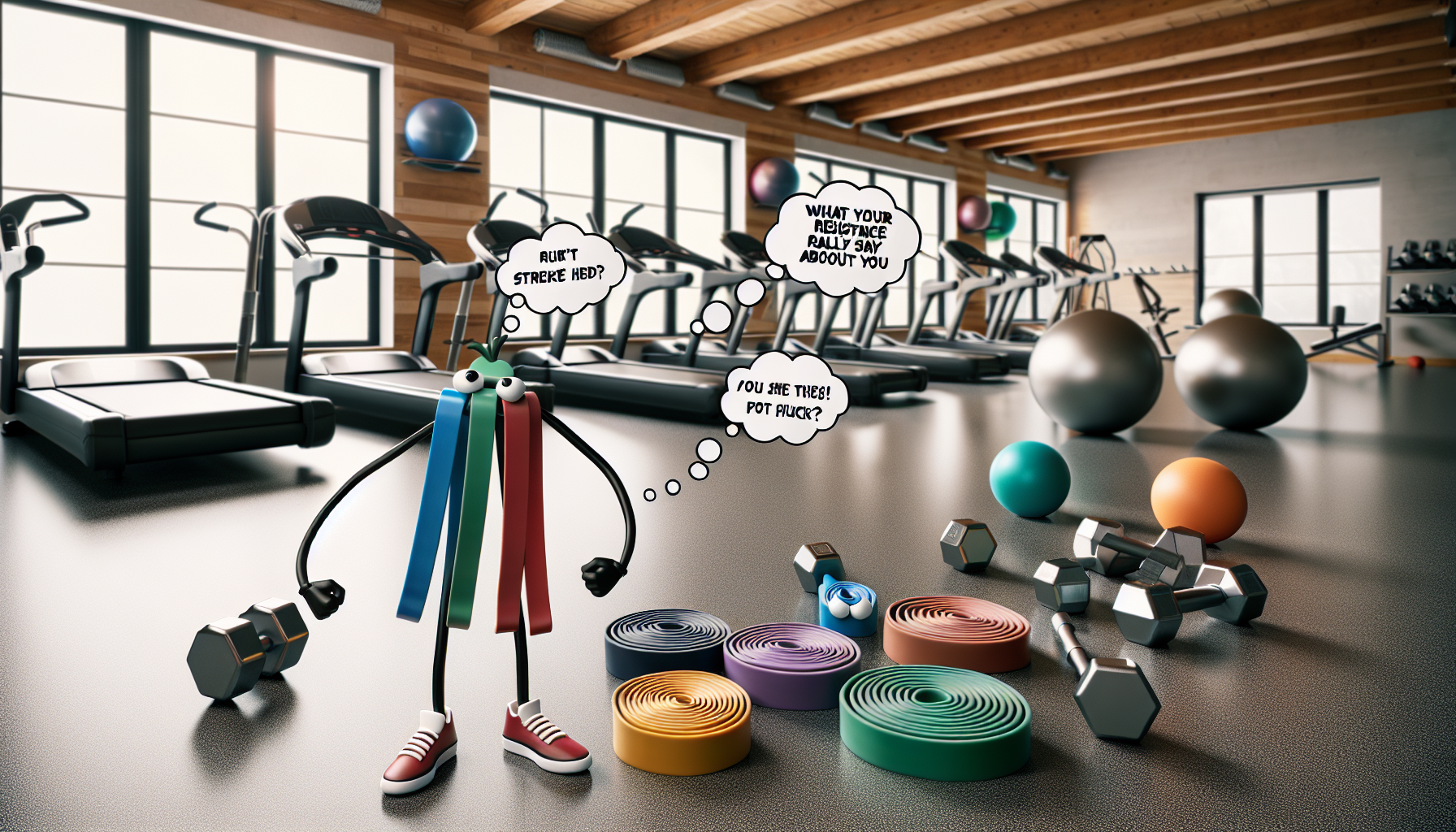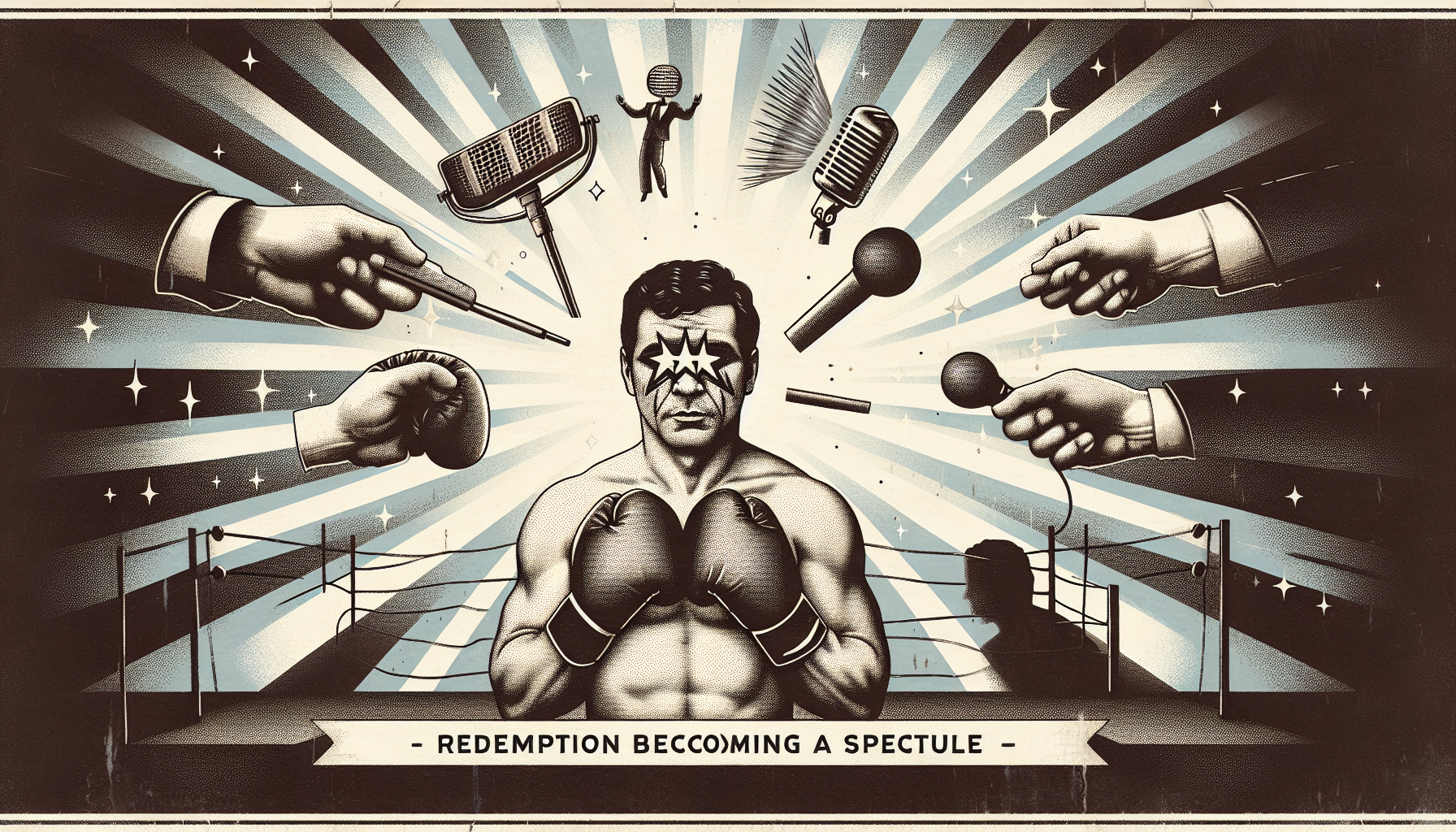Title: Resistance, Reimagined: What Your Workout Bands Say About You (and the Culture That Sells Them)
Dear reader,
Let me paint you a picture.
You’re scrolling through social media, sandwiched between a reel of green smoothies and your coworker’s sunrise yoga post, when an image cuts through: a resistance band tightly coiled, flexed mid-glute bridge, the caption promising strength without sweat, abs without iron, grace without a gym. Welcome to the wellness-industrial complex's silent hero: the resistance band.
Let’s not misunderstand it. Resistance bands—in all their stretch-and-snap simplicity—are brilliant. They're compact enough to toss into a carry-on, versatile enough to replace a dumbbell rack, and affordable enough to sidestep a gym membership. They’ve been championed by everyone from physiotherapists to influencers, A-listers (Jennifer Aniston swears by P.volve’s setup), to, well, that one friend loudly working out in your living room while you’re just trying to sip coffee.
But beneath the latex loops and upbeat marketing lies something else—a cultural rubber band, if you will—stretching our notions of fitness, accessibility, and aspiration.
The Elastic Myth of Effortless Fitness
Let’s start with the narrative: convenience meets glow-up. Resistance bands are marketed as the "glamorous shortcut" to toned limbs and taut cores, often bathed in pastel hues and accessorized with designer mats. Who needs rusty barbells and grunts when you’ve got micro movements on marble floors?
But here's the twist—resistance bands aren’t shortcuts. Not in the way TikTok trickery might have you believe. Sure, they help with mobility, injury recovery, and isolated muscle activation better than most tools. Yet their true promise is less about instant transformation and more about quiet resilience. It’s you, banded in solitude, grinding through another side-step squat while your dog looks unimpressed.
Case in point: The TRX Bandit Kit, praised as “best overall” in a recent Independent review, transforms elastic struggle into ergonomic sophistication. This isn’t just a band—it’s design, it’s identity, it’s £69 worth of grip-enhanced confidence. Or take the P.volve P.3 Trainer, complete with ankle straps and a 1.5lb ball, not just a tool but a lifestyle accessory, a gateway to a curated world of low-impact wellness that Jennifer Aniston herself dials into.
When Equipment Becomes a Statement
Go beyond utility and you'll realize: resistance bands are no longer just gym gear—they’re aesthetic declarations. The La Pochette band? Wrapped in breathable fabric with anti-slip detailing and perfectly Instagrammable. Les Mills’ sculpt bands? Sold with dreamy mesh bags, whispering “jet-set strong” even if you’re using them ten feet from your laundry pile.
It's not just about what works best. It’s about branding an identity—subtle, steely, efficient. Why else would an Onyx set, matte-fabric monochrome with silicone dots, feel like owning artisanal armor? It murmurs Pilates. It nods toward HIIT. It practices self-care with posture correction and a side of core activation.
Are we choosing comfort? Yes.
Accessibility? Absolutely.
But also? Status.
The Rise of Portable Empowerment
This shift isn’t inherently problematic. If anything, it marks a democratization of movement. No longer chained to gyms or personal trainers, fitness has slipped into the domestic, the digital, the democratic.
During lockdowns, resistance bands weren't just a stopgap—they were a revolution. Calisthenics aficionados strapped bands to trees in Lisbon, therapists guided rehab over Zoom screens in Seoul, and countless trainees held burn-inducing side planks in cramped New York apartments. They turned coffee tables into classrooms and bedrooms into bodyweight bootcamps.
These bands traveled—physically and symbolically—bridging effort and aspiration in ways few other tools ever could.
But What Are We Resisting, Really?
Underneath the utility of these latex loops runs a deeper social thread. In a world of rising gym fees, climate anxiety, time poverty and performance culture, perhaps resistance training really is a metaphor for existence: push back, stretch further, hold tension gracefully.
And yet, amid this quiet rebellion, marketing tells us to do so beautifully. Don’t just get strong—get sleek. Don't just rehab—rebrand. Therein lies the tension. Resistance bands may liberate us from clunky weights, but they also bind us—ever so softly—to the performative gaze of wellness culture.
When I see the FitBeast pull-up band set—a budget darling that’s been to Yosemite and back, according to Harry Bullmore’s reporting—I don’t just see bands. I see autonomy. I see strength packed in a Ziploc bag. I see the future of movement as minimalist, modular, mobile.
But then I see the £109 P.volve trainer—and I see aspiration strapped to our ankles.
Conclusion: Strength Without Spectacle?
The lesson here isn't to toss your bands or cancel your low-impact hero. It’s to ask better questions.
What are we working against? Injury, aging, gravity?
And what are we working for? Confidence, competence—or content?
Resistance bands can be revolutionary tools. But they’re also mirrors—stretching with us, revealing not just muscle, but motive.
So the next time you're halfway through a glute bridge with latex biting into your thighs, ask yourself: am I progressing—or just performing?
Until next time—stay resilient, stay real.
Yours in quiet resistance,
A Watcher of Movements & Marketing

